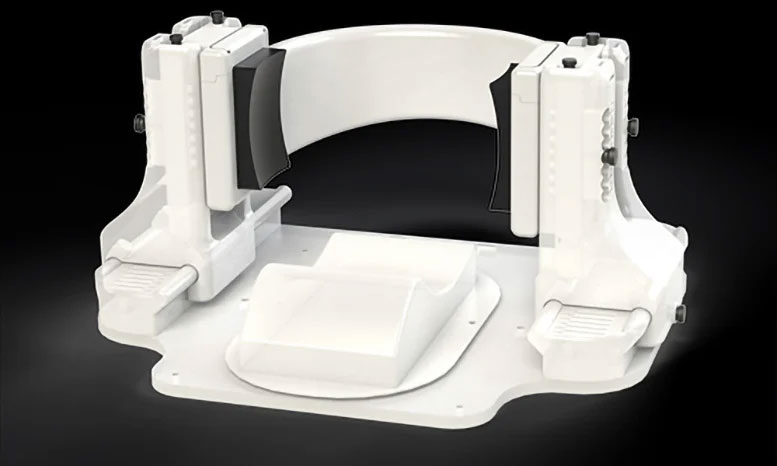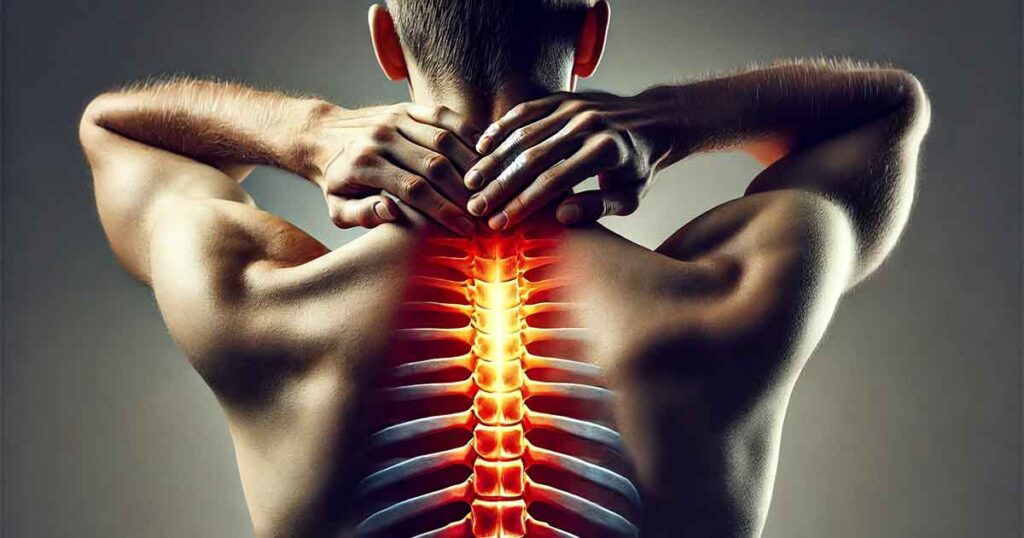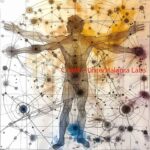New Ultrasound Device Offers Lasting Relief from Chronic Pain, Proven Effective in Trials
ultrasound device chronic pain relief
Engineers at the University of Utah have pioneered Diadem, a groundbreaking device designed to noninvasively target deep brain regions, aiming to disrupt the problematic signals responsible for chronic pain.
Pain is an essential biological warning mechanism, but in certain conditions, these signals become misaligned.
Chronic pain often stems from malfunctioning signals originating deep within the brain, causing misleading messages about injuries that have already healed, limbs that no longer exist, or other perplexing scenarios.
For those plagued by such debilitating pain, new treatments are a constant pursuit. Now, a novel solution from the University of Utah may offer a long-awaited breakthrough.
Researchers at the John and Marcia Price College of Engineering and the Spencer Fox Eccles School of Medicine at the University have shared promising results from an experimental therapy that has provided relief to many participants after just one session. They are now seeking more participants for a final round of clinical trials.
At the heart of their research is Diadem, a cutting-edge biomedical device that uses ultrasound technology to stimulate deep brain regions without surgery, potentially intercepting the faulty signals that cause chronic pain.
Clinical Trial and Results
The findings of a recent clinical trial have been published in the journal Pain. This study builds upon two earlier investigations, previously published in Nature Communications Engineering and IEEE Transactions on Biomedical Engineering, which detail the device’s unique attributes and demonstrate its potential.
The trial was led by Jan Kubanek, professor in the Department of Biomedical Engineering, along with postdoctoral researcher Thomas Riis. Their team collaborated with Akiko Okifuji, professor of Anesthesiology, and Daniel Feldman, a graduate student, as well as lab technician Adam Losser.
In a randomized, sham-controlled trial, 20 participants with chronic pain underwent two 40-minute sessions using Diadem, receiving either actual or placebo ultrasound stimulation.
Pain assessments were conducted one day and one week after treatment, with 60% of those receiving real treatment reporting a clinically significant reduction in symptoms at both time points.
“We were surprised by the strength and speed of the effects from a single treatment,” said Riis.
Kubanek added, “The rapid and sustained improvements open up new possibilities for noninvasive treatments, especially for those who don’t respond to existing therapies.”

Diadem’s Novel Approach
Diadem utilizes neuromodulation, a technique aimed at regulating specific brain circuits. While traditional methods rely on electric currents or magnetic fields, these approaches cannot precisely target the brain structure under investigation in this study: the anterior cingulate cortex.
The researchers performed an initial functional MRI scan to map the target region, after which Diadem’s ultrasound emitters were adjusted to account for the way the waves reflect off the skull and other brain structures. This innovative process was documented in Nature Communications Engineering.
Now, the team is preparing for a Phase 3 clinical trial, the final step before securing approval from the Food and Drug Administration for Diadem to be available as a treatment to the public.
“If you or a loved one suffer from chronic pain unresponsive to current treatments, please consider participating. We need numerous volunteers to bring this treatment to the public,” Kubanek urged. “With your help, we believe chronic pain can be silenced. Offering new treatment options also gives us a chance to combat the opioid crisis.”
Reference:
“Noninvasive targeted modulation of pain circuits with focused ultrasonic waves,” by Thomas S. Riis, Daniel A. Feldman, Adam J. Losser, Akiko Okifuji, and Jan Kubanek. Published July 30, 2024, in Pain.
DOI: 10.1097/j.pain.0000000000003322
Funding for the study was provided by the National Institutes of Health and the University of Utah.







